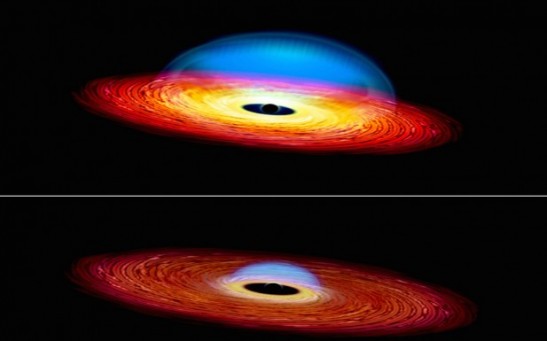nasa
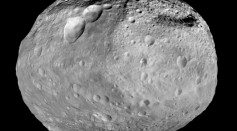
Evidence of Water Flows Found on Vesta

NASA Scientists Mystified by White Spot on Ceres
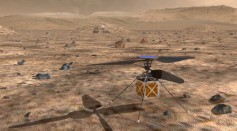
Could the Skies of Mars One Day Be Filled with Drones
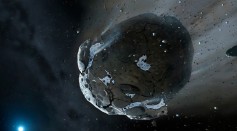
Massive Asteroid Doing a Flyby of Earth

NASA Researchers Resolve Every Star in New Panoramic View of Andromeda

Comet Awakes As It Approaches the Sun

Navy Launches New Communications Satellite
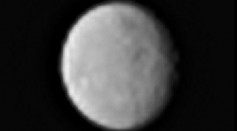
Dwarf Planet Ceres Approached by Dawn
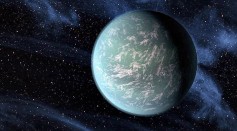
Planets Outside Our Solar System May Be More Hospitable to Life Than Originally Believed
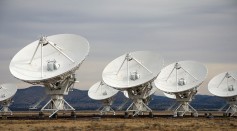
Mysterious Radiowave Outburst Captured From Space in the Blink of an Eye

Twin Astronauts Prepare for New Mission on the ISS

Cosmic Radio Burst Caught from Outside Our Galaxy

2014 Is Officially the Warmest Year on Record
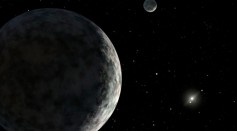
New Planets Hiding In the Shadow of Pluto
Most Popular

Exploring Life Beyond Earth: Study Claims Other Planets Could Be Suitable for Alien Life

Optimizing Complex Catalog Systems with Graph Theory and Indexing

China’s Tiangong Space Station to Expand Its Capabilities With New Modules

AI Revolution in Medical Education: Transforming How Healthcare Professionals Learn

